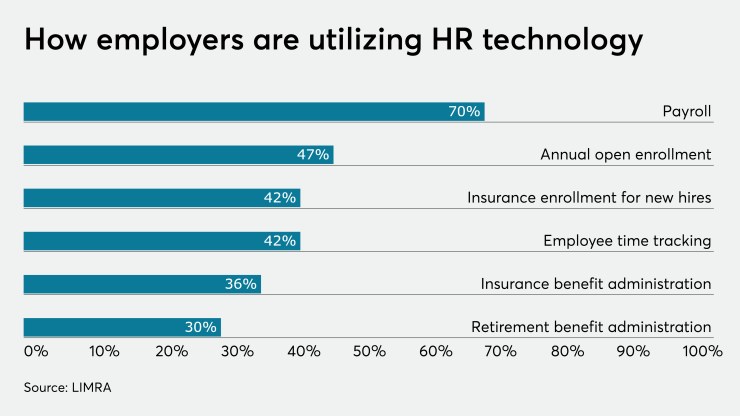Human resources managers are playing an increasingly significant role within business expansion. More than ever, they are expected to weigh-in on company decisions with executive teams, engage in strategic planning, and foster employee wellness in a world of workers overwrought by personal problems.
Read more:
As if these responsibilities aren’t enough, the stakes for achieving them are higher than ever. As the human resources profession legitimizes and integrates itself into the sphere of executive leadership, HR directors and managers are put in tough positions to prove their worth. A document management tool can simplify many of these challenges.
HR document management solutions can help personnel conquer these challenges and fulfill the roles that executive teams desire of them.
Improving on-site training for new hires
All software that is implemented by an organization for company-wide use should be part of on-site training and
Not only are HR document management tools easy to use and therefore easy to train others to use — but they touch every portion of the business process and work across a wide range of industries, departments, and consultative services.
HR document management doesn’t just give you a window into all employees’ activity within a system, it lets HR managers regulate the following complex processes of the HR process, which would otherwise be incredibly time-consuming if completed manually.
- Document retention and scheduling: This lets HR personnel choose how long to retain records once they are scanned and uploaded into the document management solution. Most HR managers are required to retain records for seven years or more. To leverage this feature, all HR must do is set retention for a file to a date when they want it automatically purged from the system. Over the long haul, this helps scale back on system clutter.
- Audit trails: In confluence with document retention, the audit trail feature lets HR personnel manage information effectively within the HR document management solution. In the event of an external audit, HR will be able to tell auditors exactly what has happened within the system, and at what time. For HR employees working in financial industries, conducting internal audits is also simplified for the same reason.
- Role-based user permissions: System administrators of the document management solution (which are usually HR executives), can customize who can see what within the system, and who can download certain files. Given that over half of data breaches are internal, role-based user permissions are extremely helpful in securing information from not just outside attackers, but also employees within an organization. This feature helps HR managers meet OSHA standards.
- Templates: Give HR managers the ability to mass-apply isolated storage structures across a greater range of cabinets, drawers, and files in an HR document management solution. Take the HR onboarding process again, for instance. If a company is hiring rapidly, creating new employee drawers in cabinets takes seconds. With a typical paper-based filing structure, this would take nearly four to five times longer. Within an HR document solution, an infinite number of folders and files and drawers can fit into a cabinet. When compared to the manual, finite storage methods of a typical file repository, data compression reaches new heights.
HR document management forms automation
Document management systems help HR managers to
If an organization is growing rapidly, an HR director relying on paper-based filing systems will have to manually go through these processes.
Organizational and employee development
The typical office employee spends a good chunk of their day looking for paper-based information, preventing them from doing their actual jobs.
This has numerous negative ramifications for employee development and wellness. When analyzed jointly with worker sentiment, the feeling that employees are working longer hours and not feeling like they’re getting anywhere suddenly starts to make sense.
This is why HR document management is paramount in today’s office environment. It takes all the paper processes one does inefficiently and turns them into digital, value-added processes for all departments and organizations.
This frees up room for greater professional development, investment dollars for employee wellness, and, perhaps most valuably, time—which can be used for an infinite number of purposes to improve a company’s position in the marketplace.
Using document management to manage applicant tracking system issues
Although applicant tracking systems are well-intentioned and a step in the right direction for HR onboarding processes, they don’t enable HR managers to touch every portion of the business process in the same way that HR document management can.
In fact, the categorical capabilities of these document management solutions alone make for fitting alternatives to applicant tracking systems.






